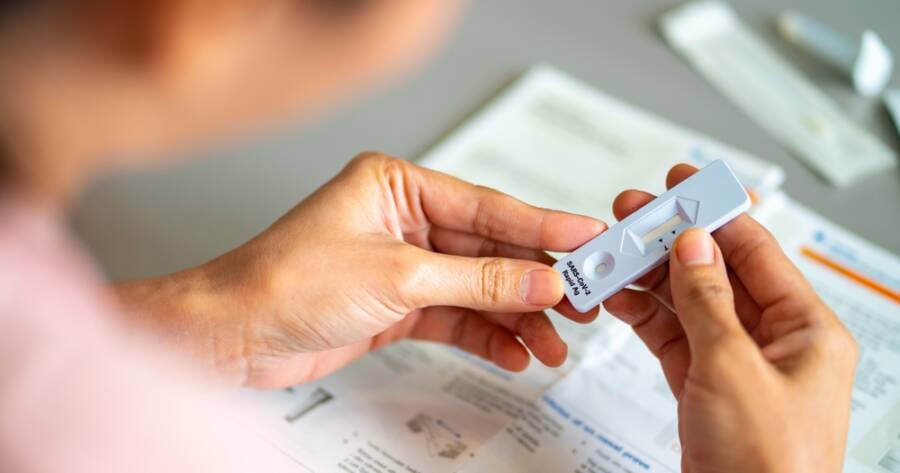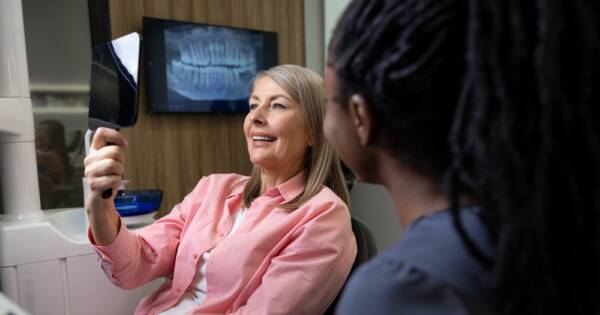The U.S. government announced that Americans can once again order at-home COVID-19 tests through the mail. This initiative aims to help households detect the virus early and curb its spread, especially as fall and winter bring increased concerns over illnesses.
Available Testing for All Households
If the rollout follows the pattern of earlier efforts, every household will likely be eligible to receive multiple test kits at no charge. This means that, regardless of your location or income level, you could potentially have access to rapid tests without needing to visit a pharmacy or medical facility. The number of tests made available to each household may vary, but in the past, up to four tests per household were distributed. It is expected that a similar limit may apply this time.
Why Now?
The renewed push for testing could be due to a variety of factors. COVID-19 cases are starting to rise in certain regions, and experts believe new variants could lead to an uptick in infections, the government may be taking a proactive approach.1 Health officials might be urging testing to stay ahead of potential outbreaks, especially as cooler weather leads to more indoor gatherings, where the virus can spread more easily.
If new variants of the virus prove to be more transmissible or able to evade immunity, widespread testing could become a crucial tool in preventing another surge. Those who are vulnerable to severe outcomes, such as the elderly or immunocompromised, may benefit most from easy access to at-home testing, as it could allow them to take precautions sooner.
How to Order Your Tests With USPS
Order your at-home COVID-19 tests through USPS, explore the official COVID-19 test government website once the program is live.2 You’ll need to provide basic details like your name, address, and household size. After submitting the form, your tests will be shipped directly to your home, typically within a few weeks. Each household is generally eligible for a specific number of tests, and the process is simple and secure. No payment or insurance information is required.
What to Expect from the Tests
Assuming the tests distributed are similar to those provided previously, they will likely be rapid antigen tests that can give results within minutes. While these tests are convenient and easy to use, it’s important to remember that they might not be as accurate as PCR tests, which are usually processed in a lab. Still, for many people, rapid tests could offer enough insight to decide whether they need to isolate, seek medical attention, or return to normal activities.
A Final Word of Caution
Though the availability of tests is a positive step, it is also important to continue following public health guidelines. Testing alone might not be enough to prevent the spread of COVID-19, especially if individuals with symptoms choose not to isolate or seek further care. If the situation worsens or variants emerge, government recommendations could shift, and you may need to consider other precautions like wearing masks or getting updated vaccinations.
The U.S. government’s decision to make more at-home COVID-19 tests available by mail may help Americans stay ahead of potential outbreaks. By ordering your tests ahead of time, you could be better prepared to protect yourself and others in the months ahead.




